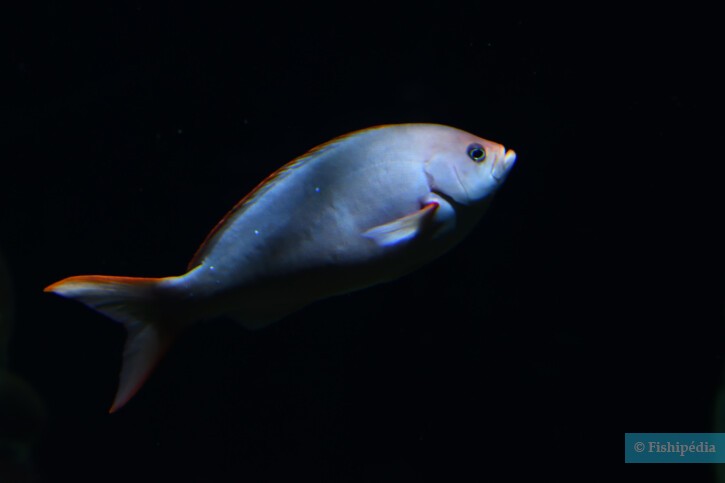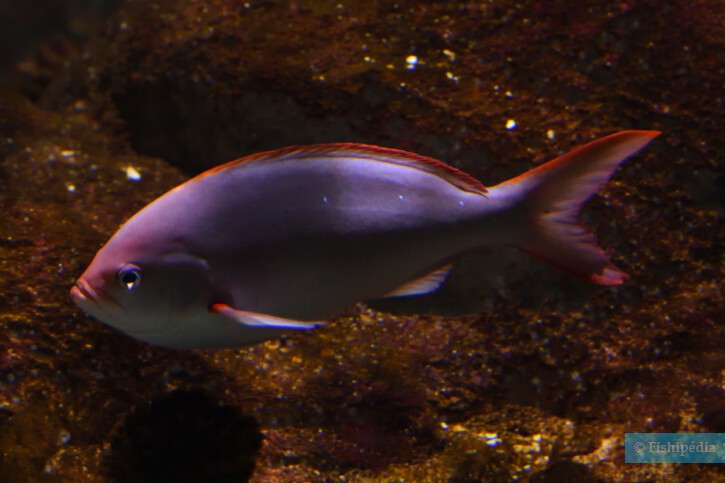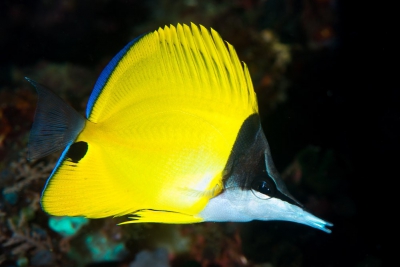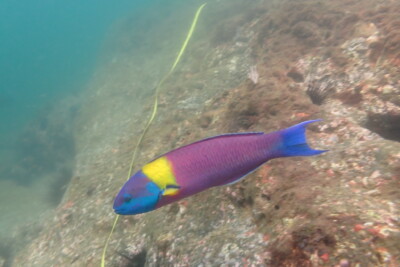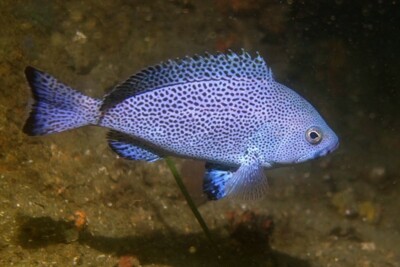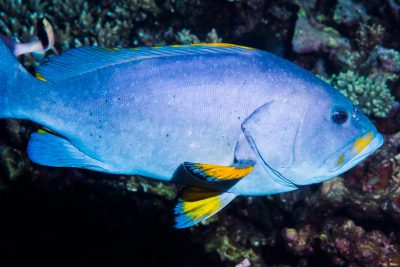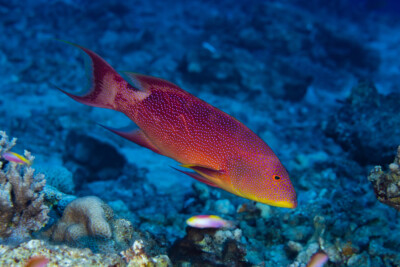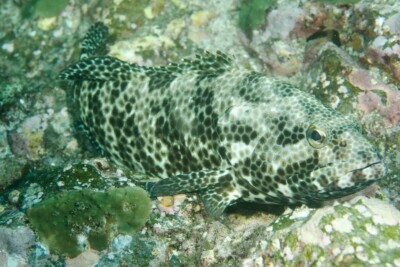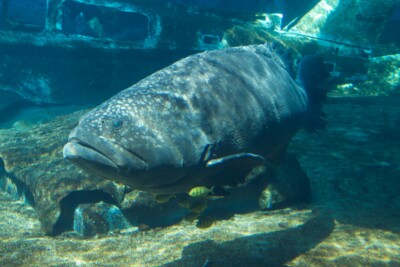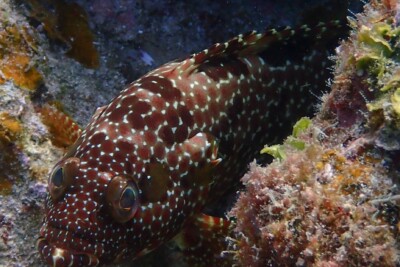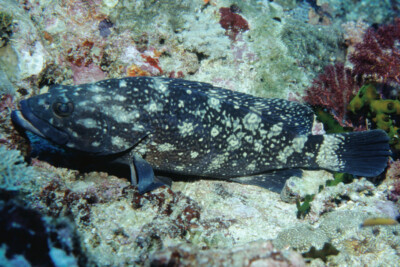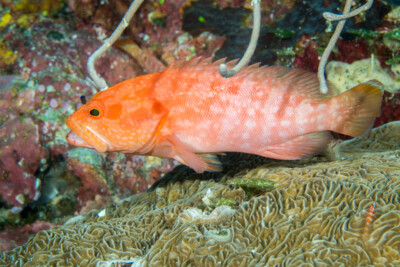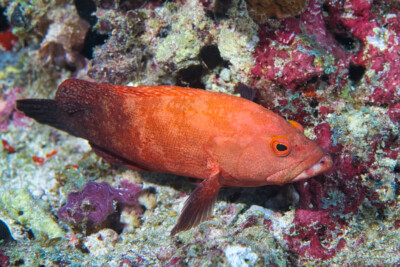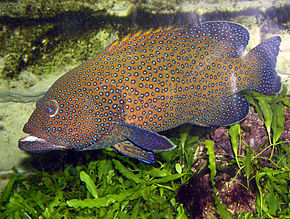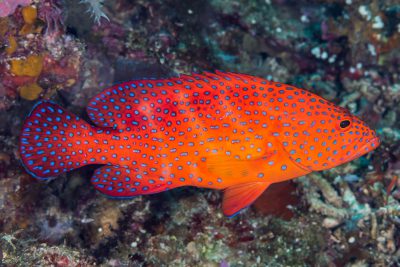pacific creole-fish
| Scientific name | Cephalopholis colonus |
|---|---|
| Descriptor | Valenciennes |
| Year of description | 1846 |
| IUCN category (World) | LC |
| Family | Epinephelidae |
| Genus | Cephalopholis |
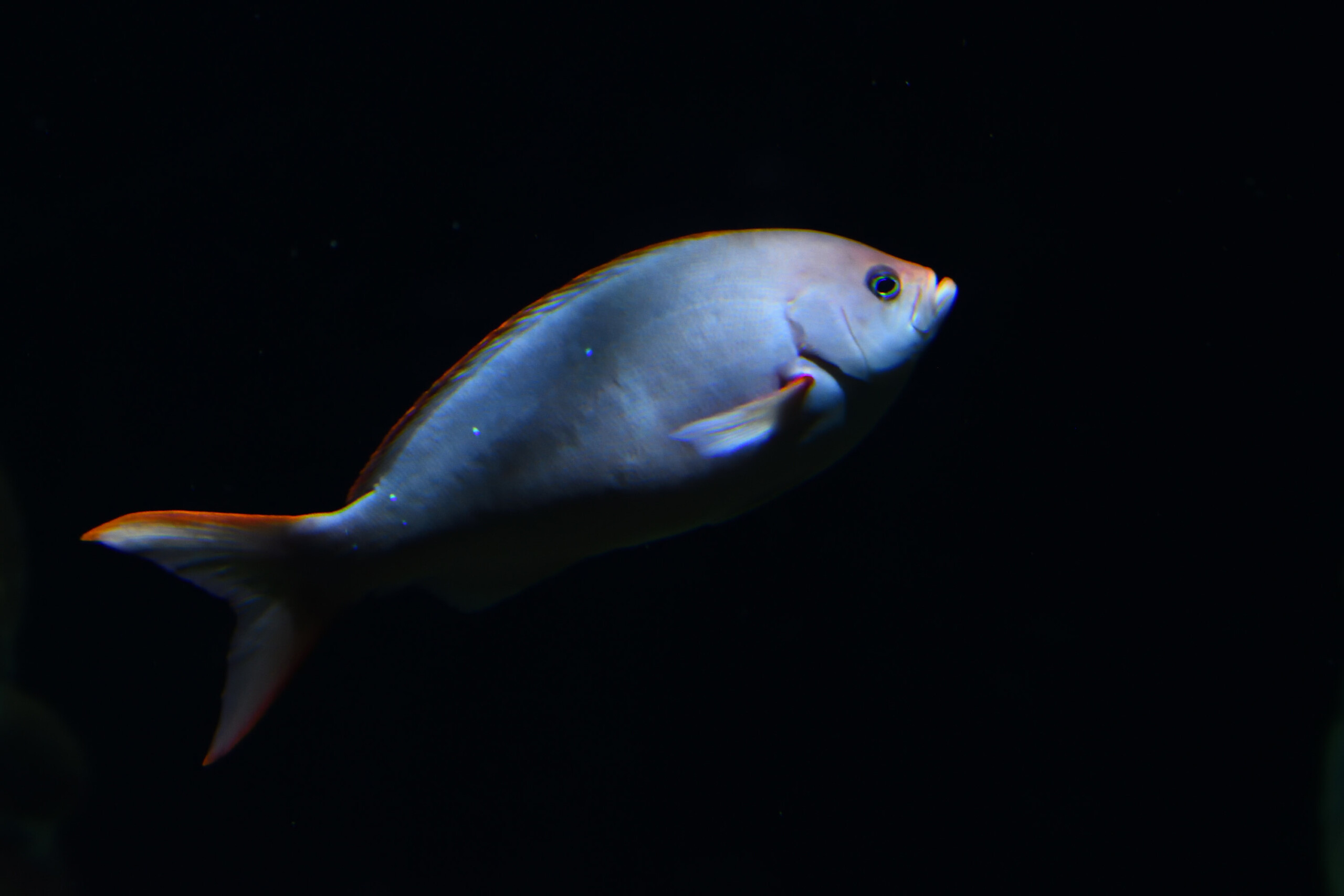

Introduction
Cephalopholis colonus, commonly known as pacific creole-fish, is a salt water fish.
This sheet is currently being prepared. The texts currently proposed come from our data model or are being drafted. To request priority for this content, you can write to us HERE.
Who is it?
Morphology
-
Average size30 cm
-
Maximum size35 cm
-
Patterntasks
-
Average size30 cm
-
Maximum size35 cm
-
Patterntasks
How to recognize This fish ?
The pacific creole-fish measures around 30 cm. The dominant males can however reach 35 cm. This fish is unicolore with a predominantly rouge body. The also has bleu tasks.
Sexual dimorphism
The adult male is bigger than the female.
Behaviour & Life cycle
-
dietcarnivorous
-
Sociabilityliving in small groups
-
territorialYes
-
Way of livingdiurnal
The pacific creole-fish is a fish living in small groups naturally found near the rocks. The members of each group are organized around a well established hierarchy. This species is carnivorous .
This species is territorial and does not appreciate the presence of intruders nearby, especially animals with similar behavior. It can also be virulent toward conspecifics. However, the pacific creole-fish has little concern for non-territorial animals.
Reproduction
-
Reproductionovipare qui pond en eau libre
The pacific creole-fish is a fish ovipare qui pond en eau libre.
Risks for humans
-
VenomousNo
Origin and distribution
What is its habitat?
Natural environment characteristics
-
Temperature18 - 29 °C
-
Depth10 - 70 m
Biotope presentation
The pacific creole-fish is most often found at a depth between 10m and 70m. However, it is not impossible to find this species at other depths.
Species of the same biotope
To go further
Sources & Contributions
Participation & Validation
The Fishipedia team and specialist contributors are committed to providing high-quality content. However, although the information comes from scientific sources or testimonials from specialists, the cards may contain inaccuracies.

Benoit Chartrer
Translation
Translation done with the valuable contribution of our translators, who make this information available to a wider audience. We sincerely thank them for their commitment.
Scientific partners
Tags
Species of the same family
Same genus
Species of the same biotope
